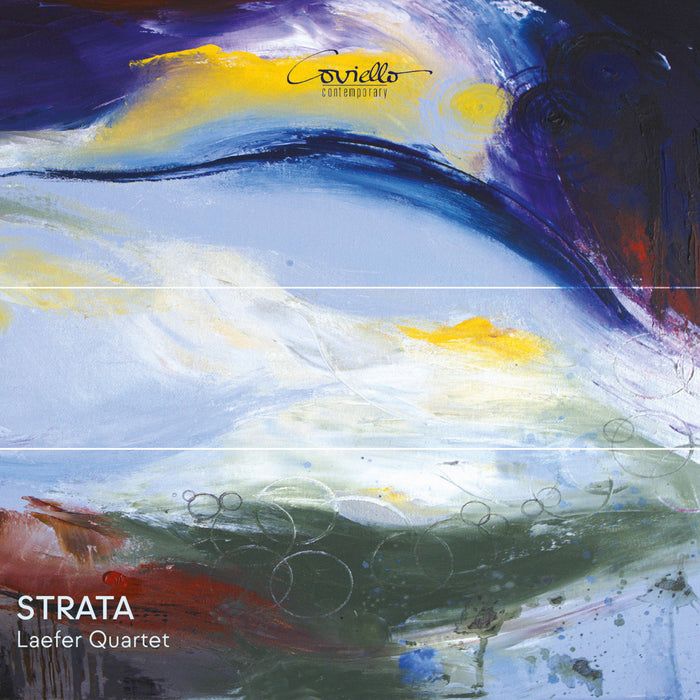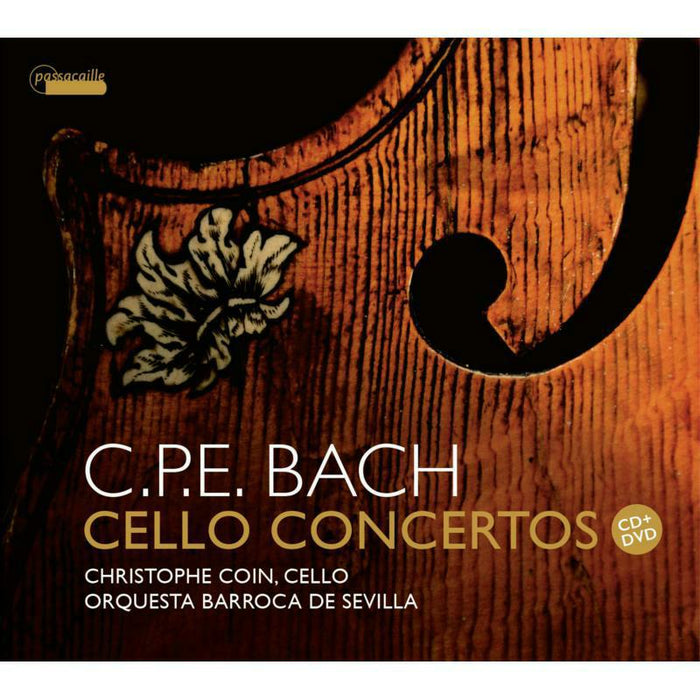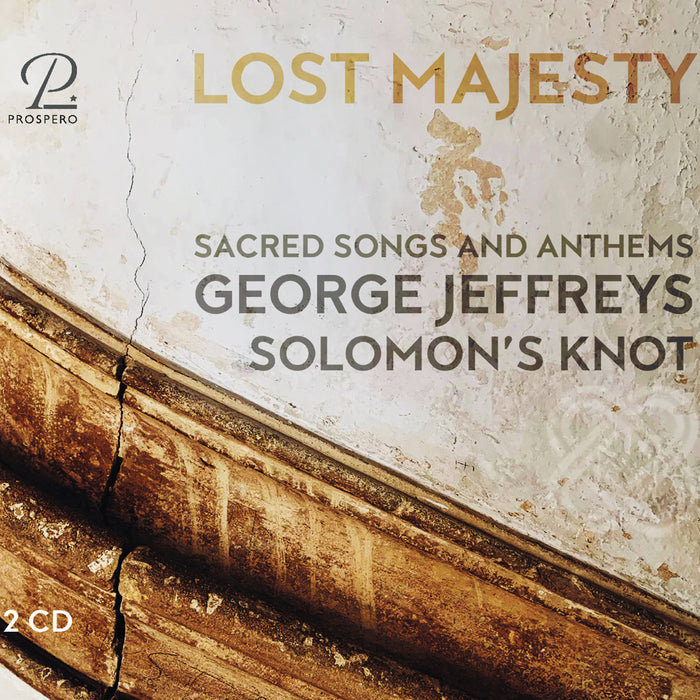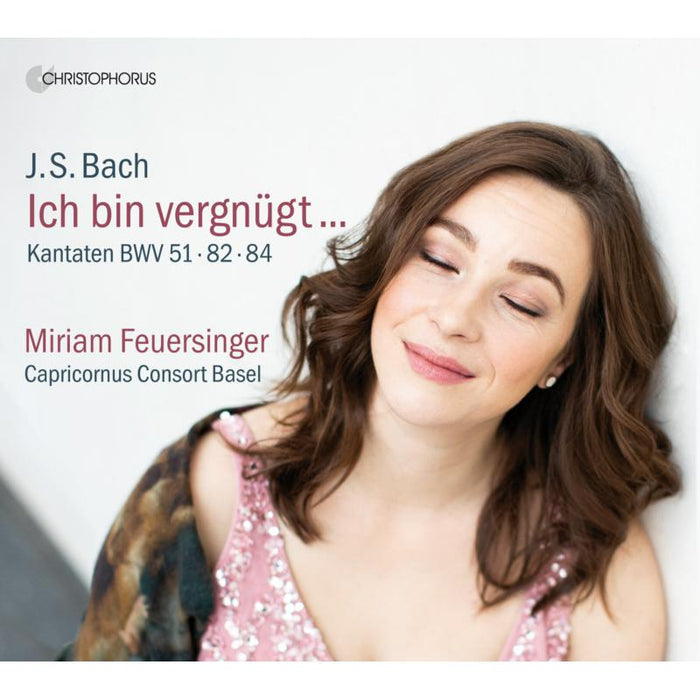Description
Orpheus was able to beguile the gods, humans and wild animals with his song and even soften stones - his ancient legendary figure became a myth.
We also encounter this myth in the Middle Ages: at the end of the 9th century, the function of polyphonic music is described for the first time in the famous manual "Musica enchiriadis".
The author chooses Orpheus as a model for his students.
In theology, Orpheus, who descended into the realm of the dead and came back again, is equated with Christ by the Doctor of the Church Augustine. The popularity of the texts of the ancient poet Horace in the Middle Ages is also shown by recorded melodies, which were written down in various sources with neume signs.
The ensemble Per-Sonat under the direction of Sabine Lutzenberger has reconstructed the medieval melodies to Horace's ancient odes and juxtaposes them with Gregorian chants that include Christ/Orpheus as the overcomer of death.
Some of the chants are interpreted in several voices according to the rules of "musica enchiriadis". Carolingian cithara and citole as well as medieval harp and lyre are added to accompany the singing, creating a sound image of the Carolingian period from which the echo of Orpheus resounds into our time.
"performed with the utmost perfection and purity […]. But the true standout performance here is of Sabine Lutzenberger herself singing Peter Abelard's famous lament of David, Dolorum solatium" – Gramophone













